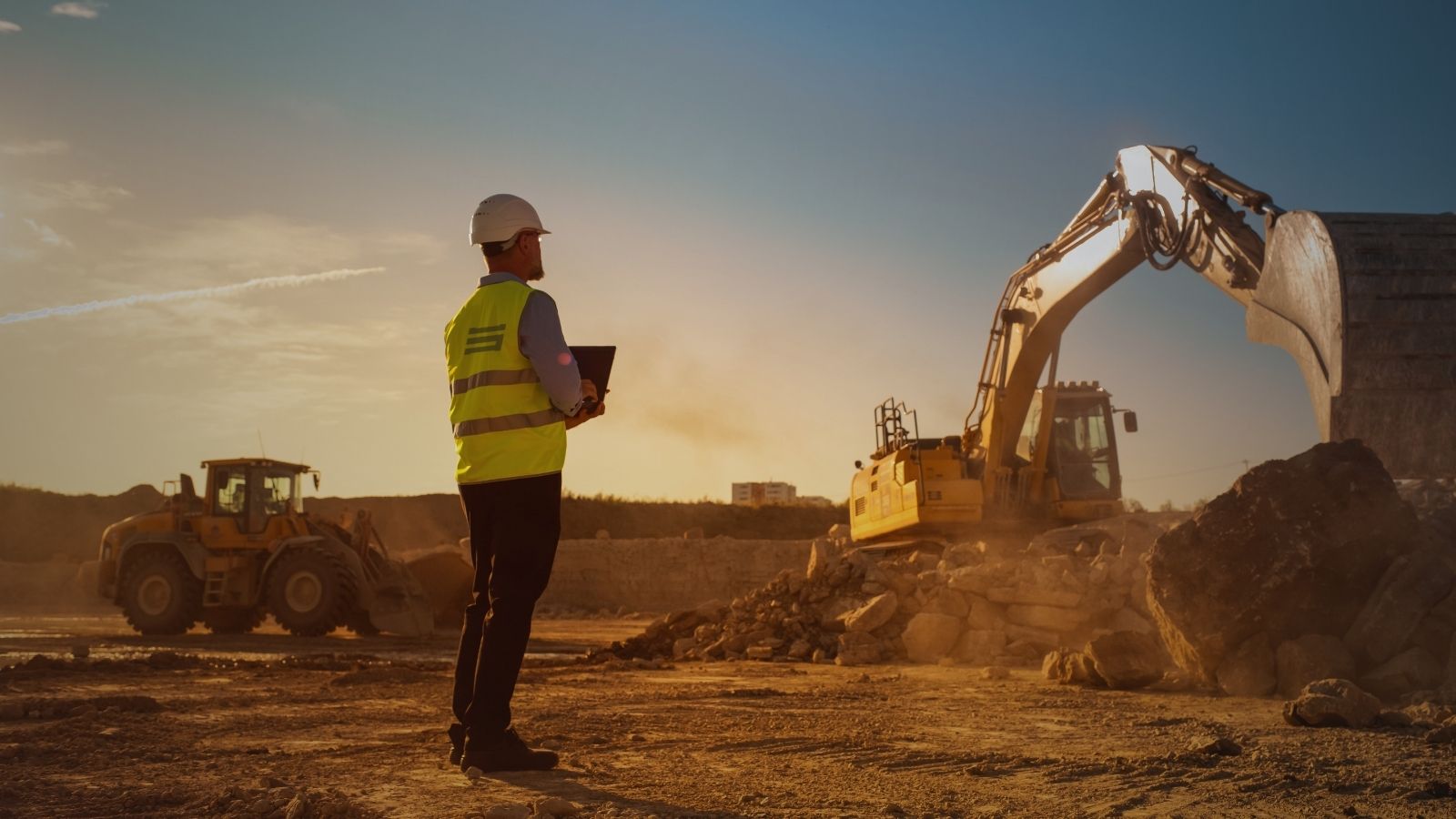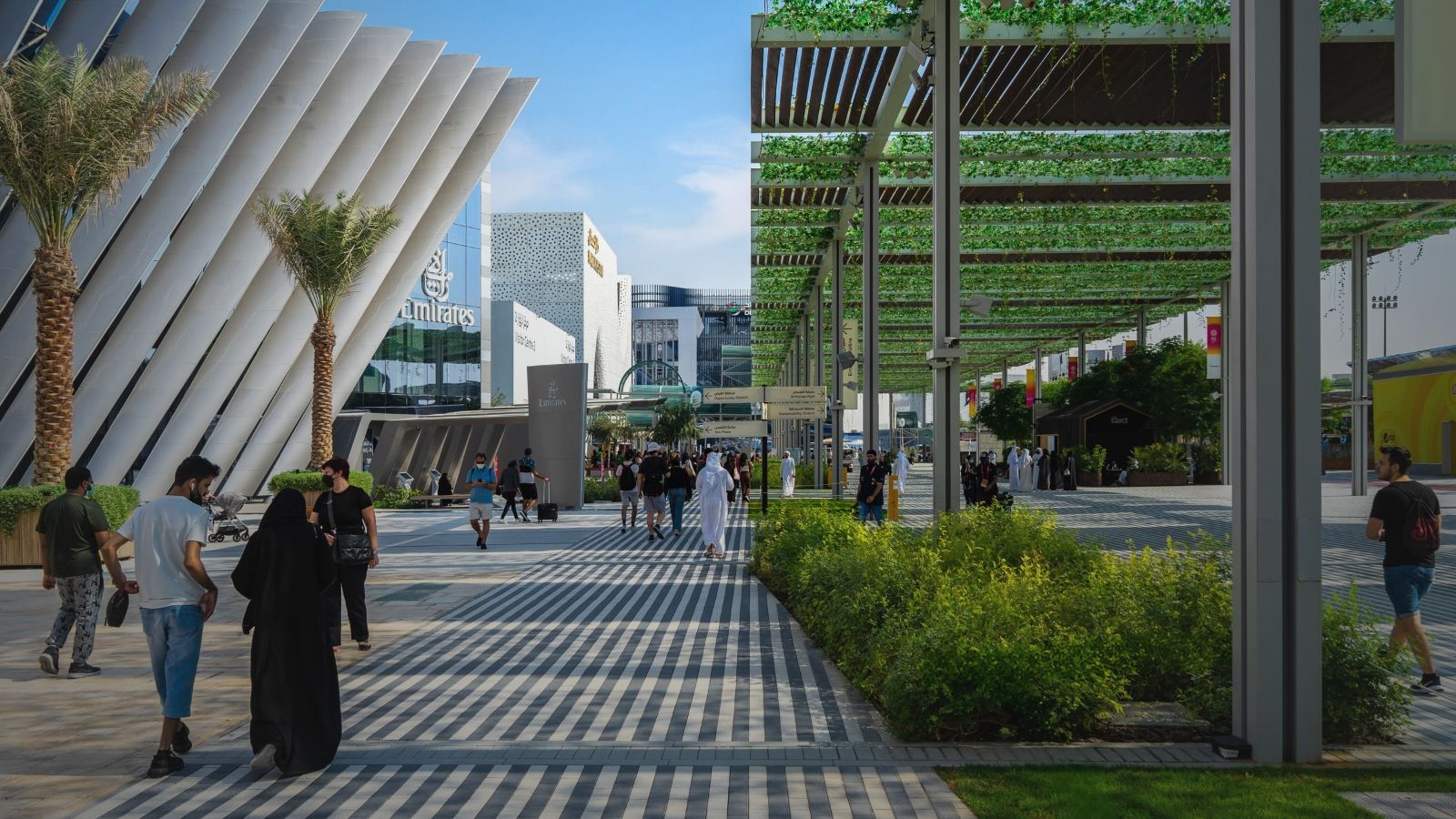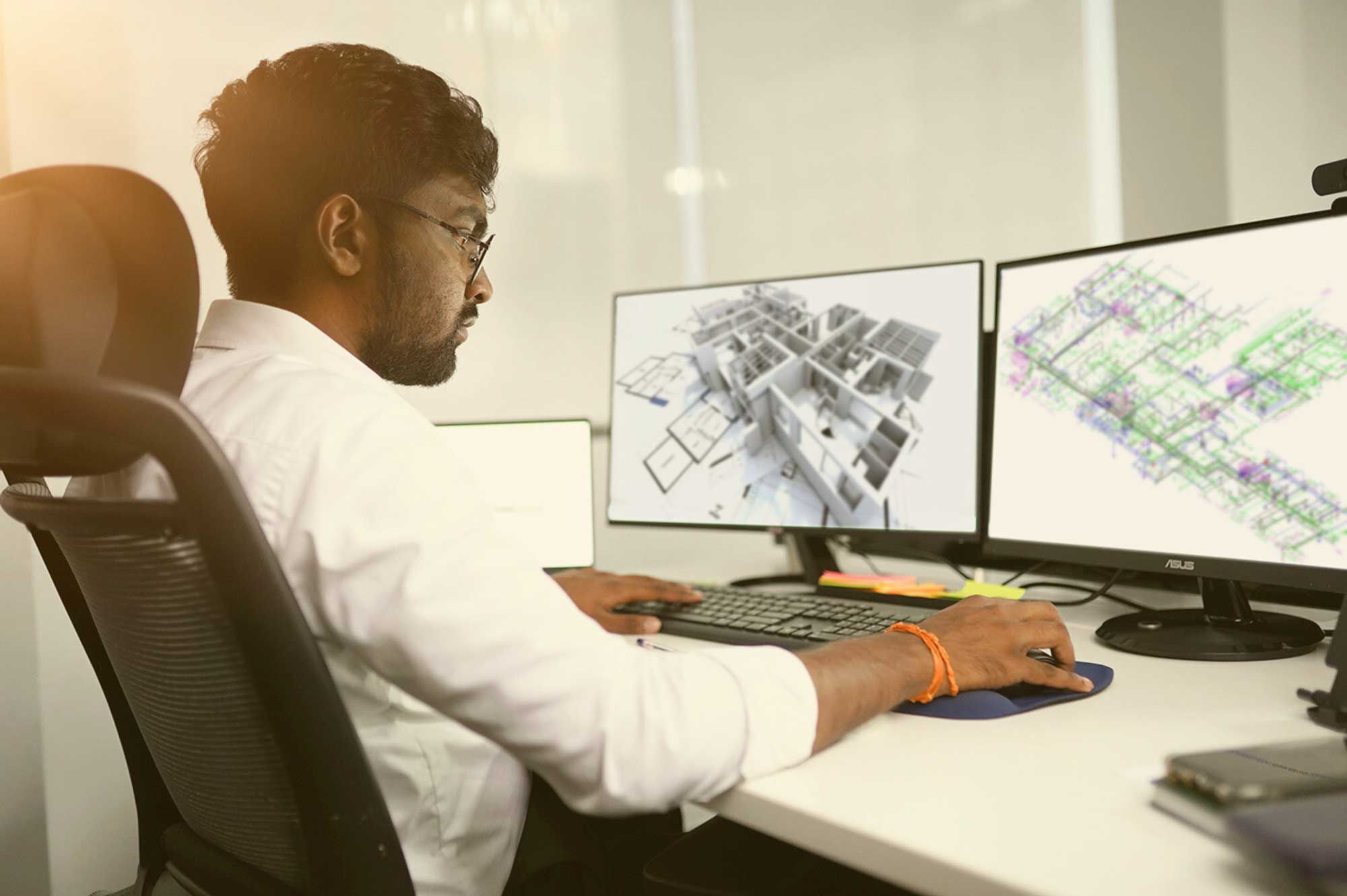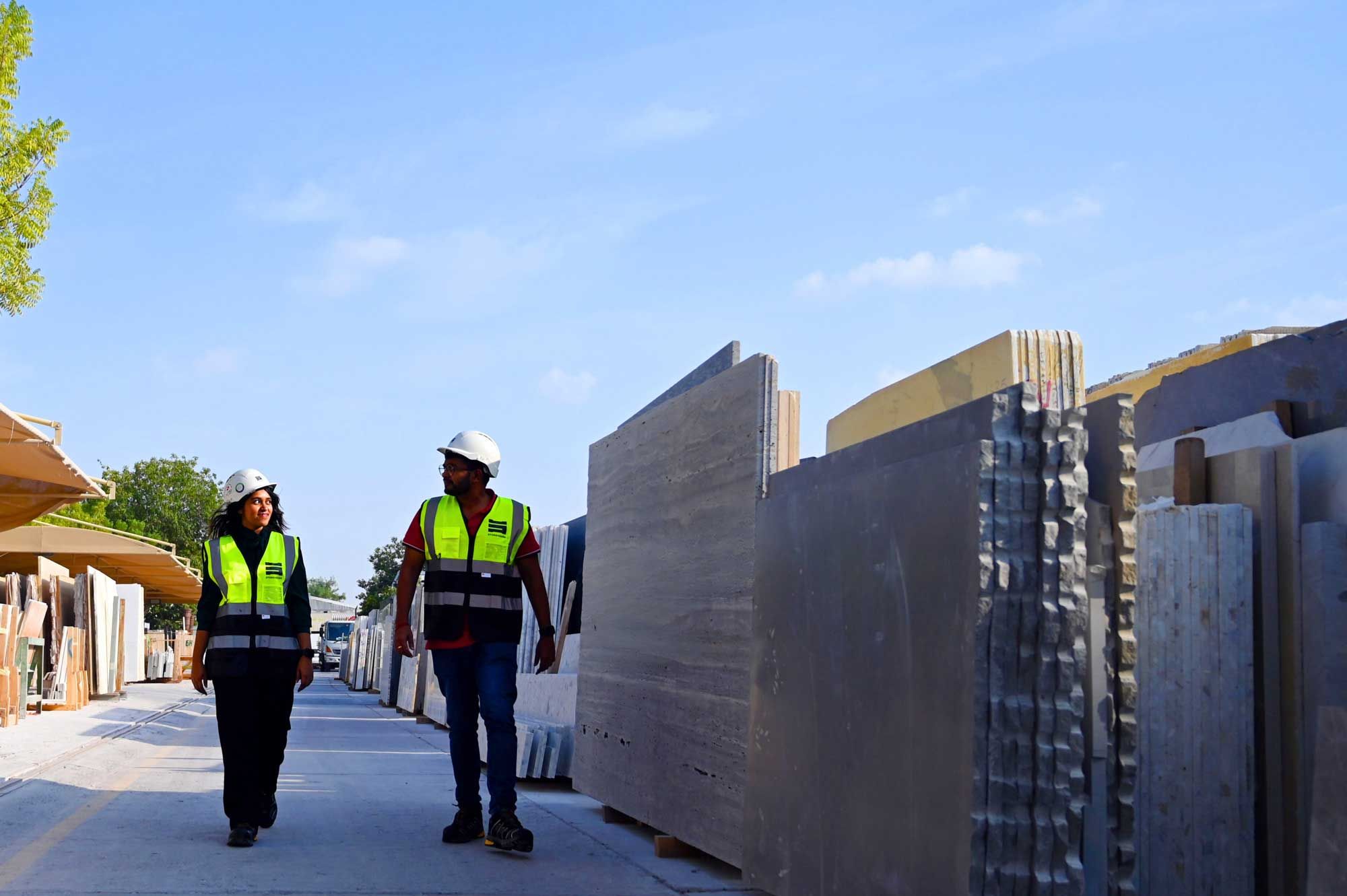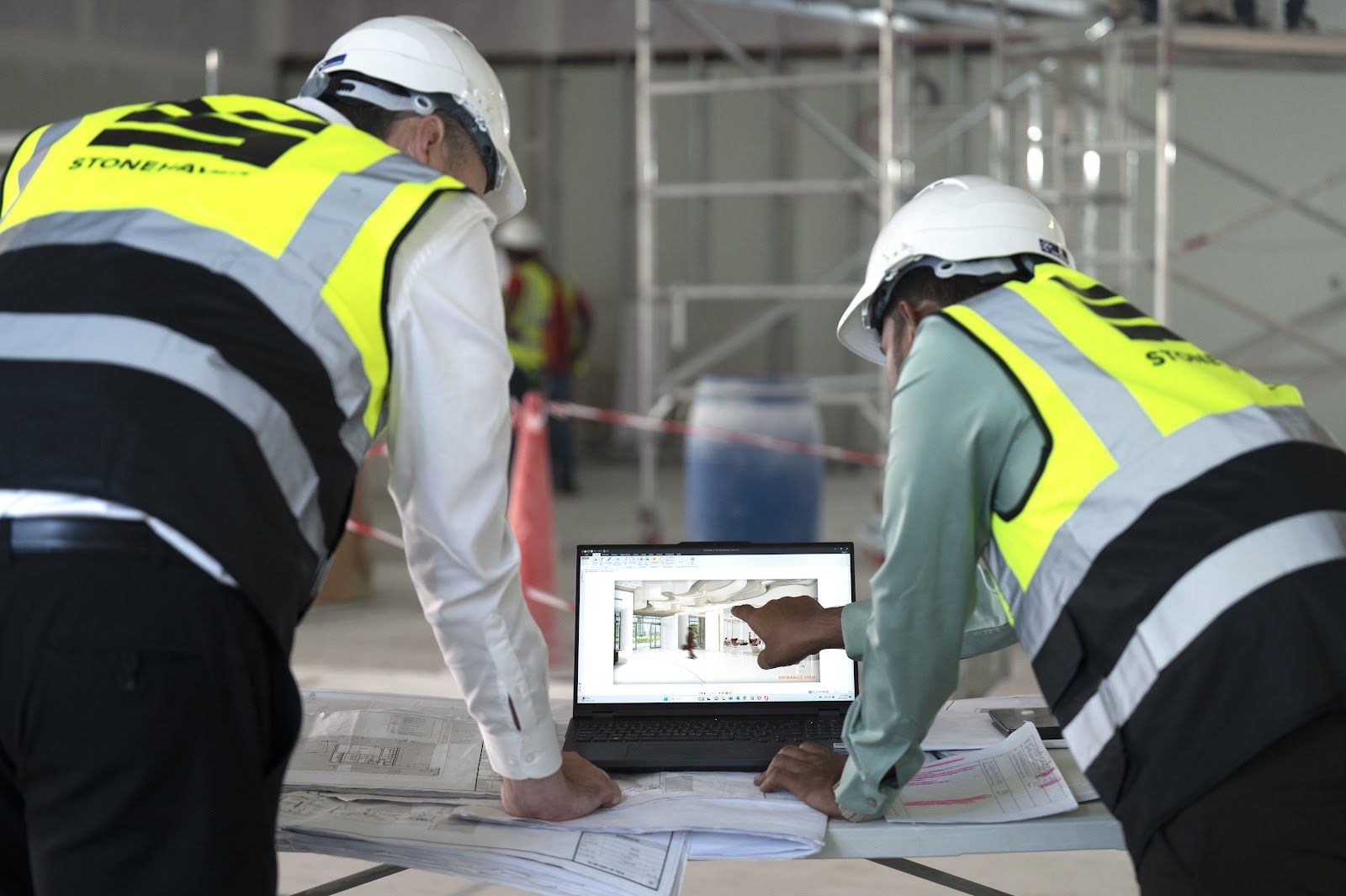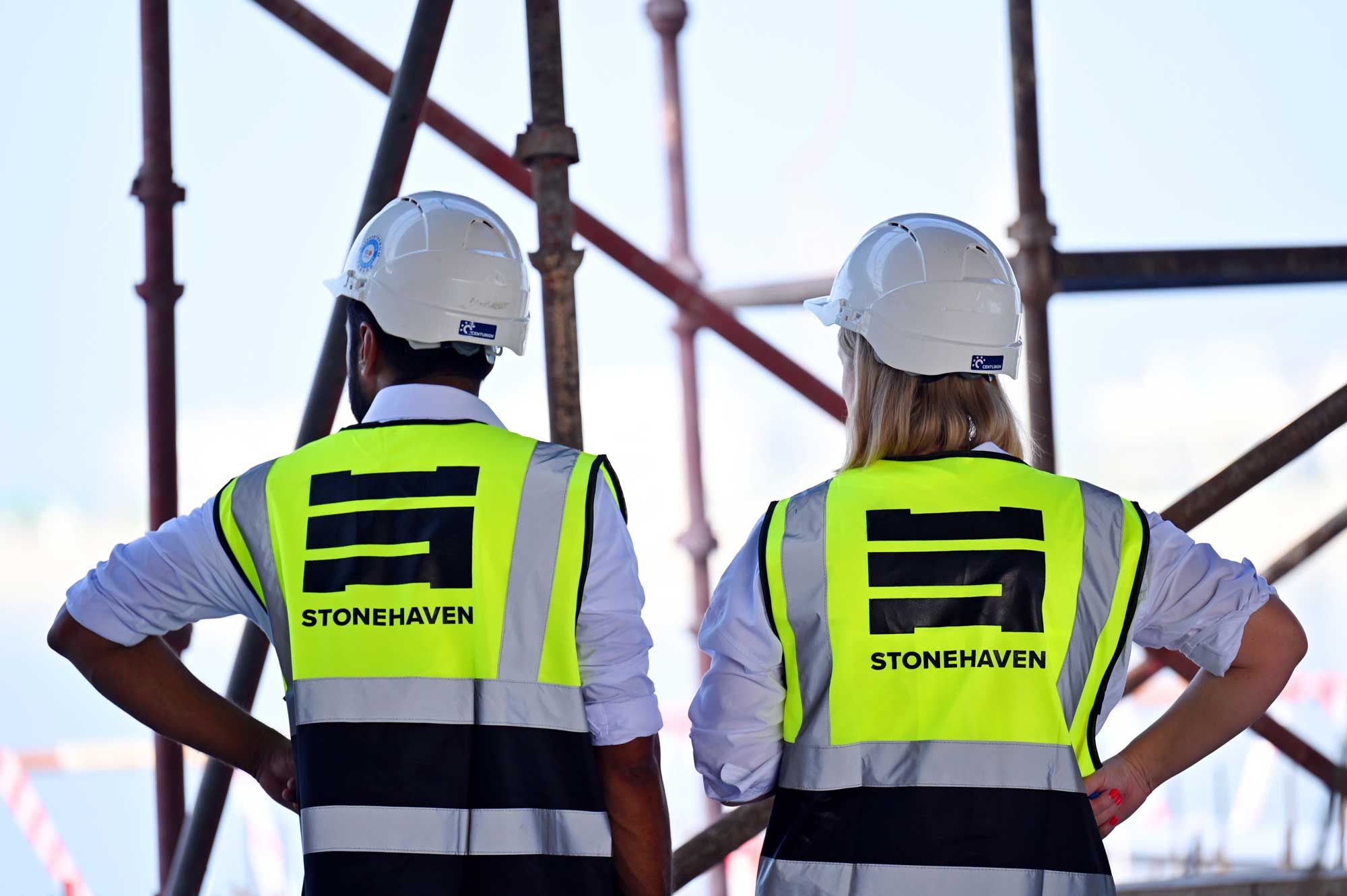If you're involved in the construction industry, you've likely heard both titles thrown around: Development Manager and Project Manager. They sound interchangeable, but in reality, they represent two fundamentally different roles with unique responsibilities, scopes, and strategic value to a project. Understanding these differences isn’t just industry jargon; it can mean the difference between a development that thrives and one that misses the mark.
In 2025, as construction becomes increasingly complex, with tighter regulations, sustainability targets, and digital workflows, knowing who does what on your team is essential. The rise of integrated project delivery models and the demand for accountability from conception to completion has made the Development Manager a crucial figure in property development. Meanwhile, the Project Manager remains the backbone of delivery, turning vision into structure.
This article breaks down the key differences between these roles, what they each bring to the table, and why recognising their distinct contributions can help you build more effectively, stay under budget, and hit your sustainability goals. Whether you're a contractor, investor, or aspiring professional, this guide is your go-to resource for understanding Development Management in a construction context.
What is the Role of a Development Manager?
A Development Manager is the strategic driver of a construction project, responsible for mapping out its feasibility and commercial success long before the first brick is laid. They work at the intersection of finance, design, planning, and market research, steering a development from inception through practical completion and handover.
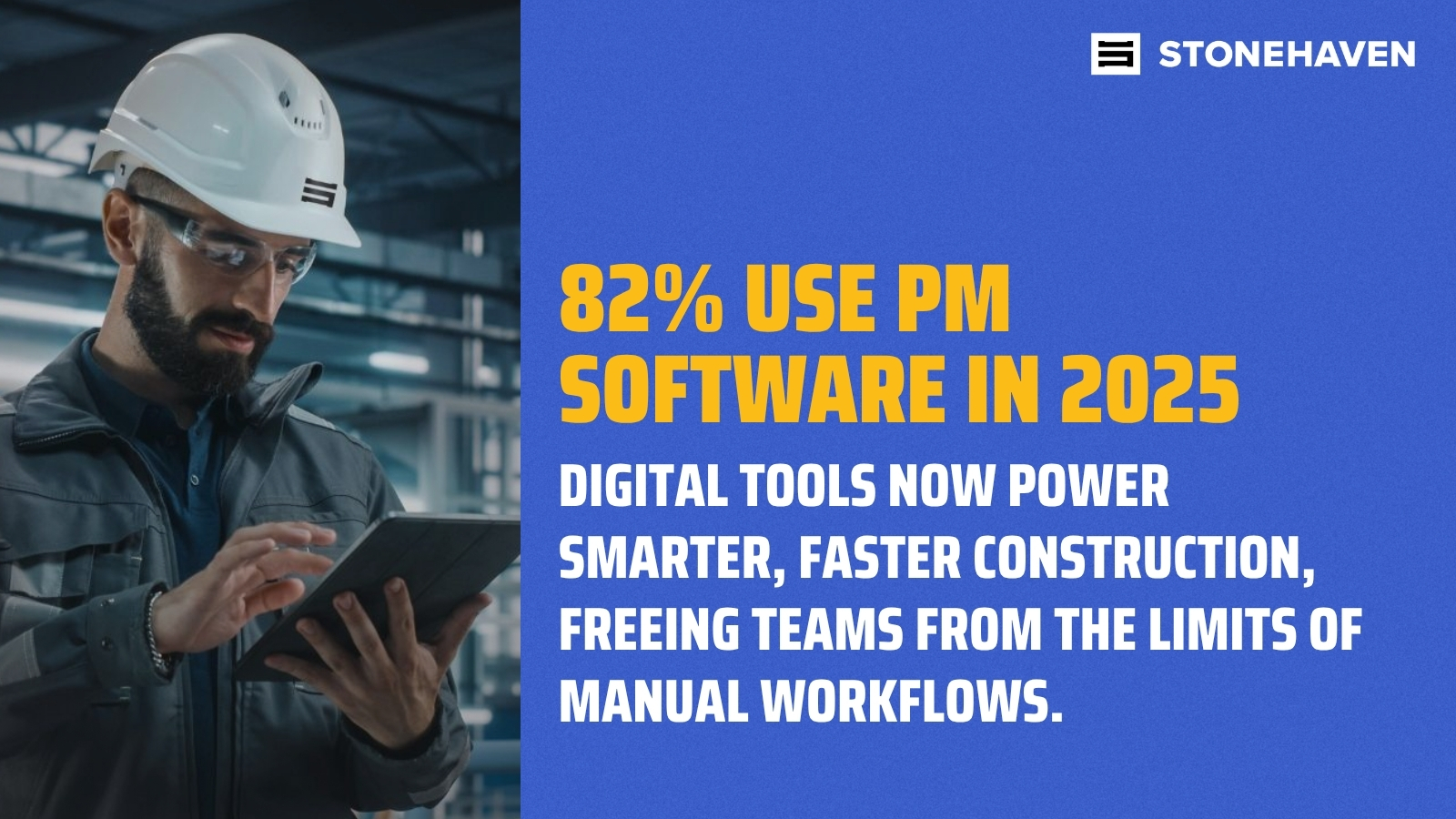
1. Lifecycle Oversight & Strategic Vision
Unlike a Project Manager who joins mid‑way, the Development Manager is present from day one. Tasks include selecting and acquiring sites, undertaking detailed feasibility studies, leading market research, and formulating financing models. They coordinate with architects, investors, legal teams, and municipal authorities to ensure that the vision is viable and aligns with long-term asset value. This deep involvement enables them to structure deals that are both buildable and commercially robust.
2. Risk Management & Regulatory Compliance
Today's Development Managers proactively identify and manage market, regulatory, and ESG-related risks. Data shows 90% of S&P 500 companies now produce ESG reports, and 94% of executives feel pressure to prioritise sustainability, trends mirrored in real estate. In major construction hubs like the UAE, this means implementing carbon strategies, environmental impact assessments, and planning for regulatory shifts to reduce delays by up to 20%.
3. Stakeholder & Approvals Coordination
From the outset, Development Managers engage with investors, planning authorities, community groups, and consultants. Their ability to navigate relationships directly impacts approval timelines. In regions such as the UAE, skilled development management has reduced permitting delays, saving up to six weeks on average per project.
4. Market Intelligence & Programme Timing
They leverage market data and demographic trends to optimise project mix and timing. A 2025 report showed 57% of construction firms now require early Development Manager involvement to capture market shifts faster. This intelligence informs everything from unit mix to unit sizing and amenities, ensuring alignment with buyer or tenant expectations.
The Development Manager’s work doesn’t end at practical completion. In many developments, especially in hospitality, residential sales, or commercial leasing, the DM stays involved in overseeing leasing campaigns, tenant fit-out, asset mobilisation, and FM coordination. Their long-term lens ensures that the completed project performs financially, whether through rental yields, buyer satisfaction, or investor reporting.
At Stonehaven, we ensure this post-completion phase is as strategic as the early-stage feasibility, helping clients maximise long-term ROI and maintain asset value in line with market shifts.
What is the Role of a Project Manager?
A Project Manager (PM) is the operational engine of any construction site, responsible for turning a Development Manager’s strategic vision into a buildable reality. Once planning and financial frameworks are in place, the PM ensures tasks are executed on time, within budget, and to specification. In 2025, digital tools are central to this role, 82% of companies now use project management software, reducing reliance on manual methods. With the construction tools market valued at USD 1.49 billion in 2024, PMs are increasingly empowered to manage delays, cost shifts, and compliance through agile, tech-enabled workflows.
Orchestrating Daily Site Operations
Project Managers are responsible for the minute-by-minute orchestration of the build process. From creating and updating project schedules to managing procurement and delivery of materials, they ensure that every moving part fits together. Their workday often begins before sunrise, coordinating trades, issuing site instructions, and resolving on-the-ground challenges that arise unexpectedly. Whether it’s rerouting logistics to accommodate an equipment delay or fast-tracking critical path items, they are problem-solvers in the truest sense.
Liaising Across Teams and Workstreams
Construction sites are ecosystems of interdependent contractors, consultants, and specialists. The Project Manager acts as the linchpin, bridging communication across structural engineers, architects, MEP contractors, and interior designers. They run regular site meetings to maintain clarity and momentum, track progress against master programmes, and flag any misalignments that could lead to costly delays. Their ability to communicate clearly, delegate effectively, and maintain authority across diverse teams is what keeps the build moving.
Quality, Safety, and Documentation
Beyond coordinating teams, PMs are accountable for ensuring the build meets all technical, regulatory, and safety standards. They conduct inspections, ensure adherence to method statements and risk assessments, and preemptively address quality issues before they become expensive reworks. Additionally, they manage a mountain of documentation, variation orders, inspection reports, approvals, progress claims, which forms the legal and operational backbone of the project. A well-documented site is not just a compliant one; it’s also a defensible one when challenges arise.
Handling Pressure and Maintaining Momentum
Perhaps most importantly, Project Managers are the emotional ballast of the project. They absorb pressure from all directions, clients demanding faster progress, contractors facing resource issues, or consultants requesting design changes mid-stream. Amidst all this, they keep the end goal in sight, ensuring that momentum is never lost and that the development crosses the finish line with integrity.
In practice, the boundary between Development Manager and Project Manager isn’t always clean. Especially on high-value or design-led developments, Development Managers often stay engaged well into the delivery phase to monitor commercial performance, manage design shifts, or coordinate with end users.
Similarly, seasoned Project Managers are often brought into early-stage design meetings to assess buildability, offer VE insights, or flag potential programme risks. The best outcomes emerge when these two roles operate with mutual visibility, sharing any insights to proactively avoid delays, cost escalations, or missed opportunities.
What are the Key Differences Between a Development Manager and a Project Manager?
Despite working toward the same outcome, these two roles diverge in multiple key areas:
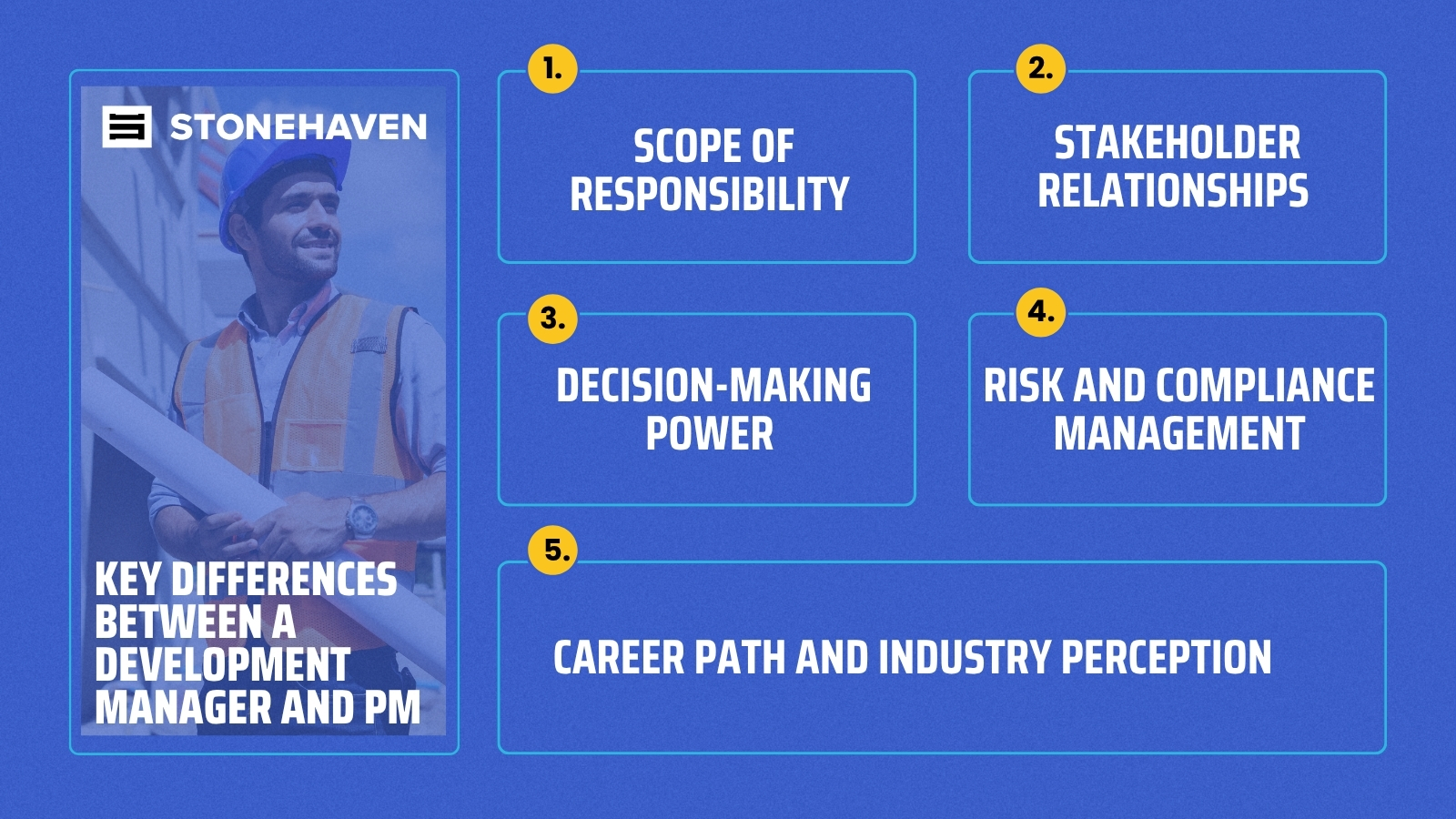
1. Scope of Responsibility
Development Managers work across the entire lifecycle of a project, from land acquisition to post-completion asset strategy. Their remit includes stakeholder engagement, market feasibility, financing models, legal and planning approvals, and often post-handover leasing or sale strategies.
In contrast, Project Managers are largely involved during the construction phase. They typically enter the process once planning permissions are secured and design teams are onboard. Their focus is the construction timeline, cost control, and ensuring that the building meets agreed specifications.
Think of the Development Manager as the director of a film and the Project Manager as the producer. The director envisions the final product; the producer manages the practicalities to make that vision real.
2. Stakeholder Relationships
A Development Manager maintains high-level relationships with investors, municipal authorities, senior consultants, and board members. They often report to executive teams or institutional investors who are funding the development. Their role involves pitching concepts, securing approvals, and providing ongoing risk assessments.
Project Managers, by contrast, engage more with the day-to-day site teams, contractors, sub-contractors, engineers, quantity surveyors, and health and safety personnel. Their communication style is task-based, focused on timelines, materials, and compliance.
The Development Manager ensures the project remains desirable and viable; the Project Manager ensures it's feasible and buildable.
3. Decision-Making Power
Development Managers typically have higher-level decision-making authority, especially when it comes to re-scoping or redirecting a project to meet new market conditions or financial pressures. They make calls on design changes, budget reallocations, or asset repositioning.
Project Managers make execution-level decisions: managing schedule shifts, adjusting construction sequences, or resolving on-site conflicts. They usually work within the budget and scope already set by the Development Manager.
This distinction becomes crucial during moments of crisis or opportunity, for instance, when a client decides to upgrade finishes mid-project. The Development Manager evaluates the commercial impact, while the Project Manager assesses construction viability.
4. Risk and Compliance Management
In construction, risk takes many forms, financial, legal, operational, reputational. Development Managers take a broad view of risk, assessing market downturns, planning objections, or ESG compliance. They set the framework for the project's risk strategy and ensure alignment with investor expectations.
Project Managers handle immediate, executional risks: safety on site, delivery delays, supplier defaults, and weather-related disruptions. They implement mitigation strategies at ground level and report incidents as they arise.
Their collaboration is critical: if the Project Manager flags rising material costs, the Development Manager can adjust funding structures or seek alternative solutions that maintain profitability.
5. Career Path and Industry Perception
Development Managers often come from backgrounds in finance, real estate, or urban planning. Their role is seen as more strategic and commercially oriented. In many cases, former Project Managers evolve into Development Managers as they gain experience in client-facing and business-critical decision-making.
In contrast, Project Managers usually have a technical foundation, civil engineering, architecture, or construction management. They excel in operational delivery, earning respect for their on-site expertise and coordination.
Client-Side vs Contractor Project Managers
It’s important to distinguish between client-side Project Managers, who oversee the project on behalf of the developer or investor, and contractor-side PMs, who manage execution under the main contract. Client PMs ensure the contractor delivers against the contract scope, quality, and programme. They represent the owner's interests, coordinate design teams, and often have broader stakeholder responsibilities.
At Stonehaven, our Project Managers operate under clients overseeing multiple disciplines and ensuring the contractor’s work aligns with project intent, governance, and budget constraints.
What are the Benefits of Onboarding a Development Manager?
Bringing a Development Manager on board is one of the smartest strategic investments a developer can make, particularly in high-value, mixed-use, or complex projects. While a Project Manager ensures the structure gets built, the Development Manager ensures the entire project is worth building in the first place. Their role spans far beyond timelines and budgets; it is about value creation, risk mitigation, and long-term viability.
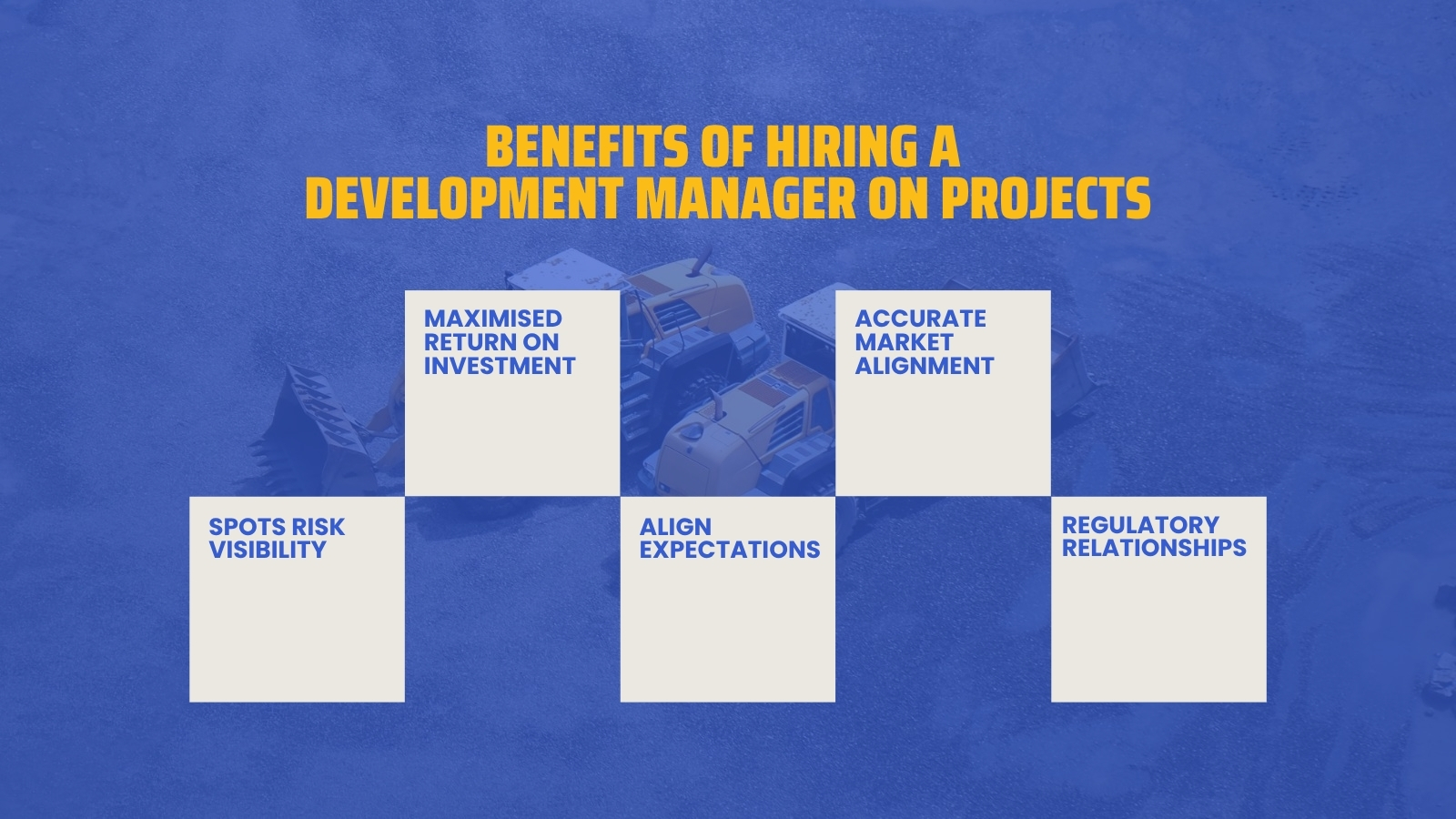
One of the most compelling benefits is market alignment. Development Managers are adept at reading market trends and translating those insights into design, unit mix, and amenities that ensure your development is relevant at launch and resilient in the long term.
Financially, they have a direct impact on the bottom line. From optimising buildable area to selecting the right price point and phasing strategy, a Development Manager works to maximise return on investment. Their early intervention often prevents costly midstream changes and keeps the pro forma on track.
Their relationships with regulatory bodies also accelerate planning permissions, saving weeks, or even months, of time. This is especially valuable in tightly governed markets like the UAE, where permitting delays can derail momentum.
Perhaps most critically, Development Managers offer risk visibility. By maintaining oversight across financing, design, and delivery, they spot red flags early and facilitate proactive course correction.
Finally, they’re communicators. Whether reporting to investors, consultants, or future tenants, they align stakeholder expectations, reducing friction and enhancing trust throughout the process.
In short: they don’t just build projects, they build certainty.
Conclusion
The difference between a Development Manager and a Project Manager is not just semantic, it's structural, strategic, and deeply consequential. One envisions, strategises, and secures. The other builds, manages, and delivers. Together, they form a powerhouse duo for any successful construction project.
By understanding and respecting their roles, developers can reduce friction, improve timelines, and maximise ROI. As the construction landscape evolves with smart buildings, green regulations, and digital integration, these distinctions will only become more important.
Whether you're hiring, collaborating, or choosing your own career path, clarity on these roles sets you up for long-term success.
About Us
At Stonehaven, we don't just manage costs, we manage visions. As one of the UAE’s most trusted consultancies in Development Management, we specialise in guiding developers through the full lifecycle of a project, from the earliest concept stages to a successful, revenue-generating asset. Our work begins before ground is broken, offering in-depth site feasibility studies, acquisition strategies, and stakeholder coordination that lay a strong foundation for success.
We work closely with local authorities to streamline regulatory approvals, reducing delays and ensuring compliance at every stage. Our team excels at assembling the right consultants for each project and navigating procurement with precision, helping our clients secure value-driven contracts without compromising on quality. From development budgeting to scheduling and value engineering, our services are designed to balance ambition with financial clarity.
Whether you're revitalising a premium plot in Downtown Dubai or envisioning a coastal resort that blends sustainability with luxury, we tailor our approach to meet your goals. At every turn, we bridge the gap between commercial potential and construction reality, helping you unlock long-term value and reduce risk.








